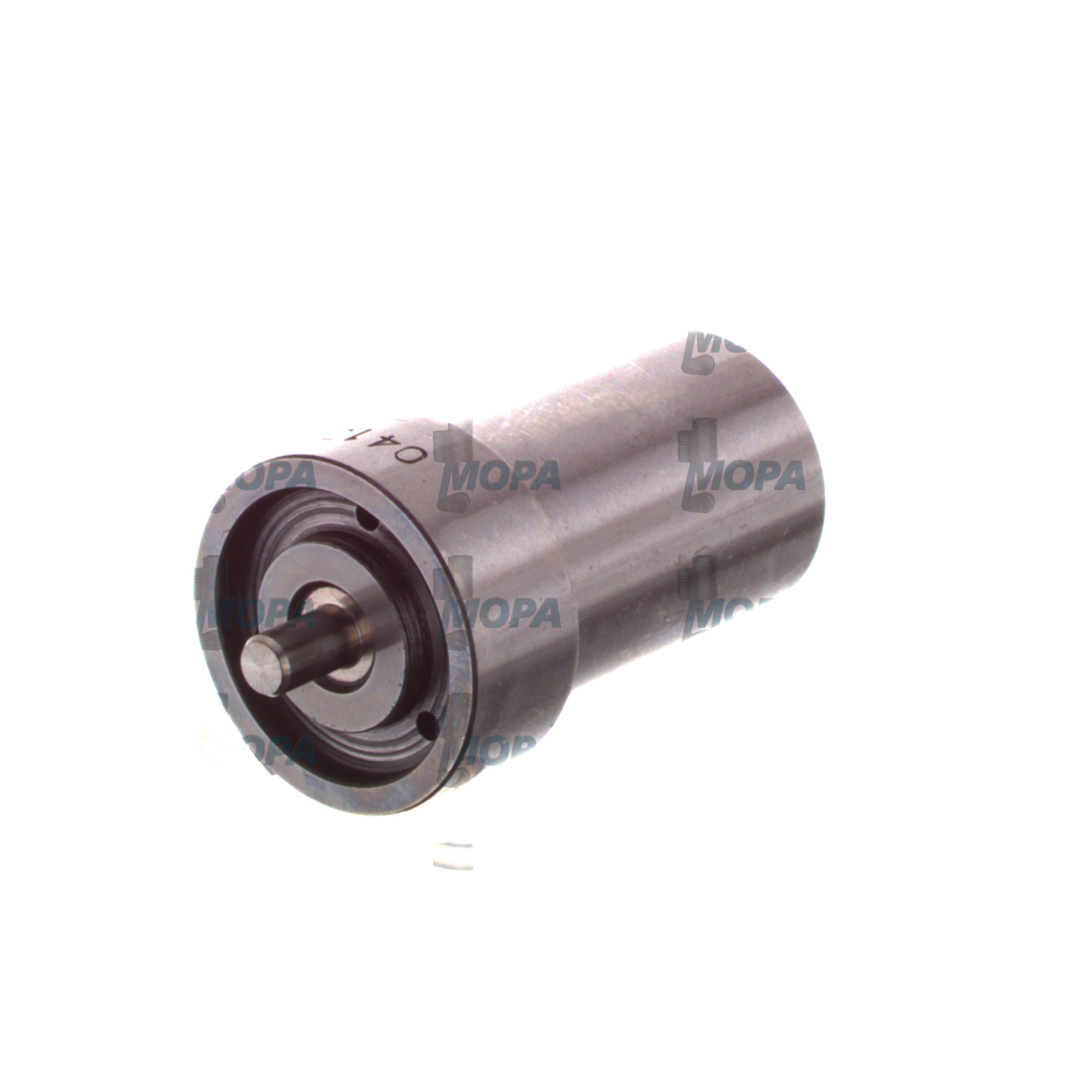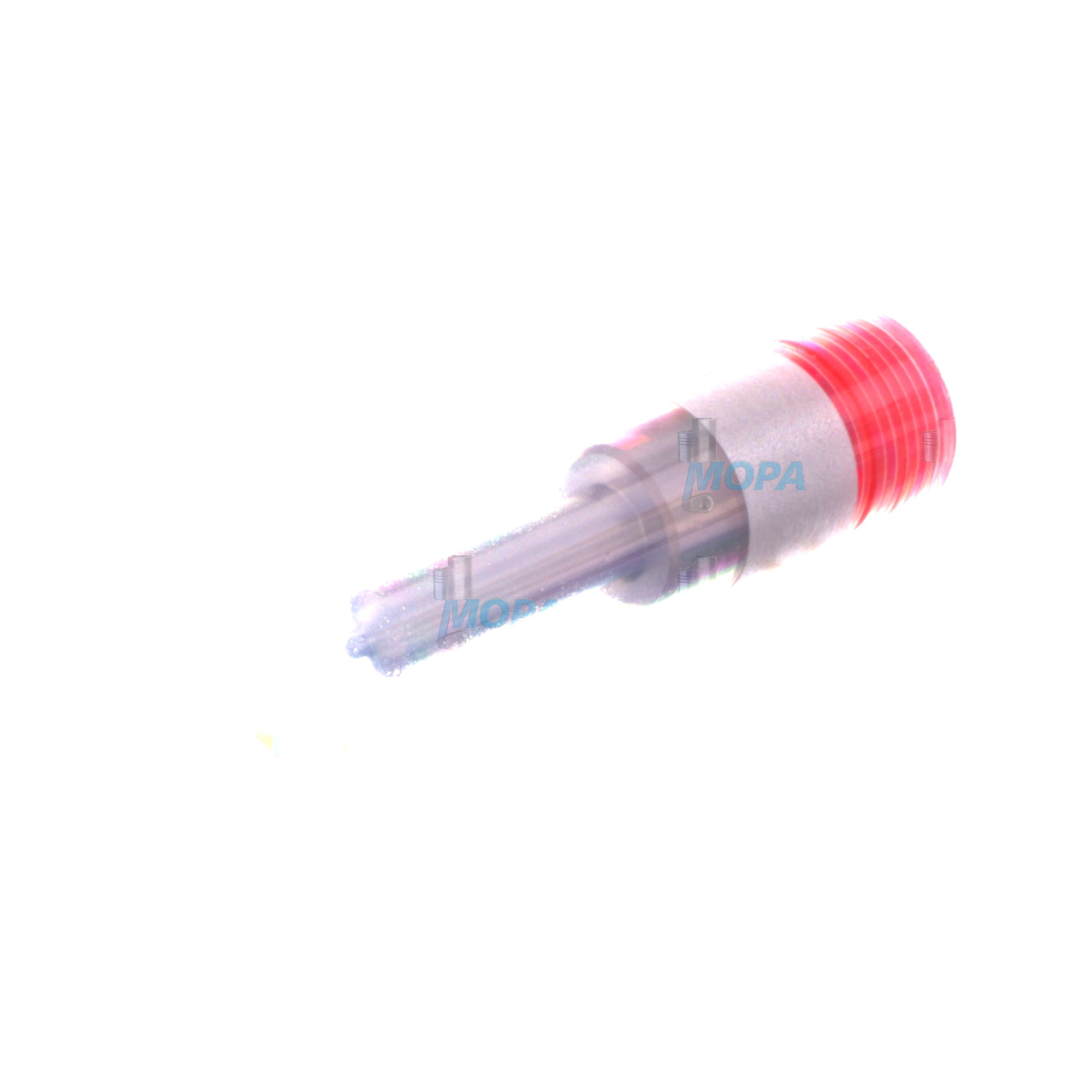INJECTION NOZZLE and Injection Components for Demanding Engines
Injection components are precision-engineered fuel system parts that meter, pressurize, and atomize fuel at the exact moment it is needed for combustion. In every diesel engine and many gas and dual-fuel applications—across marine engine propulsion, power generation, rail, and industry—these parts determine how effectively energy is converted into thrust or electrical power. The INJECTION NOZZLE sits at the heart of this system: it shapes the spray pattern, droplet size, and distribution inside the combustion chamber, directly affecting power output, fuel economy, emissions, and component life. Selecting high-quality injection components is therefore a strategic decision for operators who value reliability, predictable maintenance intervals, and stable operating costs.
Technical function: how injection components and the INJECTION NOZZLE work in a diesel engine and marine engine
An injection system comprises the high-pressure pump or accumulator (common-rail), high-pressure lines or rails, control valves, injectors, and the INJECTION NOZZLE. In a common-rail diesel engine, fuel is pressurized up to 1,600–2,500 bar and held in a rail. The ECU commands each injector to open for precisely timed events—pilot, main, and post injection—so the INJECTION NOZZLE can deliver finely atomized fuel into the combustion chamber. In unit-pump or unit-injector systems, pressure is generated at each cylinder, but the nozzle’s job remains the same: produce the correct spray angle, penetration, and droplet spectrum to match chamber geometry, swirl, and load.
In a marine engine, especially medium- and slow-speed designs, the INJECTION NOZZLE is tailored to cylinder dimensions and fuel characteristics. Hole number, diameter, and needle lift are calibrated to ensure complete mixing with air while preventing wall wetting, coking, or excessive penetration. Sac-type or valve-covered-orifice designs are selected to control dribble and reduce unburned hydrocarbons. On gas and dual-fuel engines, a small pilot injection via the nozzle supports reliable ignition and knock control. Across all platforms, precise nozzle operation stabilizes combustion phasing, reduces pressure rise rates, and protects pistons, rings, liners, and turbochargers from thermal stress.
- · Micron-level tolerances for needle, seat, and orifices
- · High-pressure capability for efficient atomization
- · Calibrated opening pressure and needle lift
- · Optimized spray angle and multi-hole geometry
- · Materials and coatings for corrosion and wear resistance
- · Compatibility with low-sulfur fuels and bio-blends
- · Stable performance in continuous-duty marine engine operation
Importance for engine operation: why injection components matter for reliability and service life
Because combustion quality starts at the nozzle, the condition of injection components defines the reliability profile of the entire engine. Wear, erosion, or deposits in an INJECTION NOZZLE can distort the spray, causing cylinder-to-cylinder imbalance, hard combustion, and incomplete burn. Symptoms include increased specific fuel consumption, black smoke, unstable idle, and higher exhaust temperatures. Over time, poor spray quality can lead to piston crown micro-cracking, ring groove carbon packing, liner polishing, and turbocharger fouling—issues that shorten overhaul intervals and raise lifecycle cost.
Leakage past the needle raises return flow and reduces effective rail pressure, while sticking or slow needle response impairs pilot and post injections, increasing noise and NOx. Dribbling after closure can wash oil films from the liner and dilute engine oil. In extreme cases, misfiring or over-fueling risks thermal overload and unplanned shutdowns. Keeping injection components within specification is therefore central to uptime, emissions compliance, and safe operation at sea or in remote power plants.
Advantages of OEM spare parts suitable for Injection components
Using OEM spare parts suitable for injection components helps preserve the engineering intent of the engine platform. Nozzle geometry, needle dynamics, and materials are matched to chamber design and control maps, ensuring that the ECU’s injection strategy delivers the expected combustion profile from commissioning to overhaul. Flow-coded and bench-tested parts maintain consistent opening pressure and return rates, simplifying cylinder balancing and reducing commissioning time after service.
Beyond fit and calibration, OEM spare parts suitable for the INJECTION NOZZLE and related injection components offer stable metallurgy and heat treatment, proven coatings for low-sulfur and biodiesel blends, and traceable production that supports compliance and quality audits. For operators, the result is predictable maintenance planning, fewer troubleshooting cycles, and a tighter control of total cost over the engine’s service life.
How OEM spare parts for the INJECTION NOZZLE support performance, efficiency, and budget
Precision nozzles with specified hole tolerances keep spray momentum and penetration within design windows, sustaining efficiency at low and part load where marine engine operation often spends most hours. Reliable needle seating prevents dribble, protecting oil condition and reducing visible smoke. Consistent component quality reduces the risk of secondary damage—pistons, valves, and turbochargers—thereby limiting downtime and parts expenditure.
MOPA: your partner for OEM spare parts Injection components
MOPA is an experienced, reliable partner for OEM spare parts Injection components. We source and supply INJECTION NOZZLE assemblies, complete injectors, high-pressure pumps, rails, and control valves for diesel and gas engines used in marine propulsion and stationary power. Our focus is speed, quality, and security in the trade of OEM parts: rapid availability from curated stock, rigorous part identification and documentation, and streamlined logistics to ship worldwide with minimal lead time.
Customers rely on MOPA for technical clarity—matching nozzle types to engine variants, emission tiers, and fuel strategies; advising on opening pressure codes; and aligning delivery with planned dry-dock or outage schedules. With MOPA, procurement teams gain a straightforward path to compliant, correctly calibrated injection components that restore engine performance and support long service intervals.
Conclusion: INJECTION NOZZLE and Injection components keep engines efficient
Injection components—especially the INJECTION NOZZLE—determine combustion quality, efficiency, and the durability of critical engine parts. Keeping these components within specification is essential for reliable operation in every diesel engine and marine engine application. Selecting OEM spare parts suitable for injection components preserves calibration, safeguards performance, and supports long-term budget control and service life.










